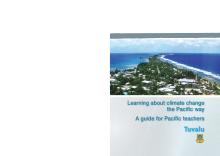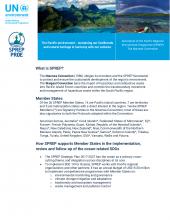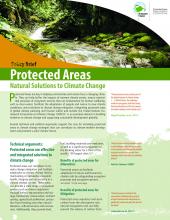Association of metals with plastic production pellets in the marine environment
Ashton, Karen
,
Holmes, Luke
,
Turner, Andrew
2010
Plastic production pellets sampled from four beaches along a stretch of coastline (south Devon, SW England) and accompanying, loosely adhered and entrapped material removed ultrasonically have been analysed for major metals (Al, Fe, Mn) and trace metals (Cu, Zn, Pb, Ag, Cd, Co, Cr, Mo, Sb, Sn, U) following acid digestion. In most cases, metal concentrations in composite pellet samples from each site were less than but within an order of magnitude of corresponding concentrations in the pooled extraneous materials. However, normalisation of data with respect to Al revealed enrichment of Cd and Pb in plastic pellets at two sites. These observations are not wholly due to the association of pellets with fine material that is resistant to ultrasonication since new polyethylene pellets suspended in a harbour for 8 weeks accumulated metals from sea water through adsorption and precipitation. The environmental implications and potential applications of these findings are discussed.




